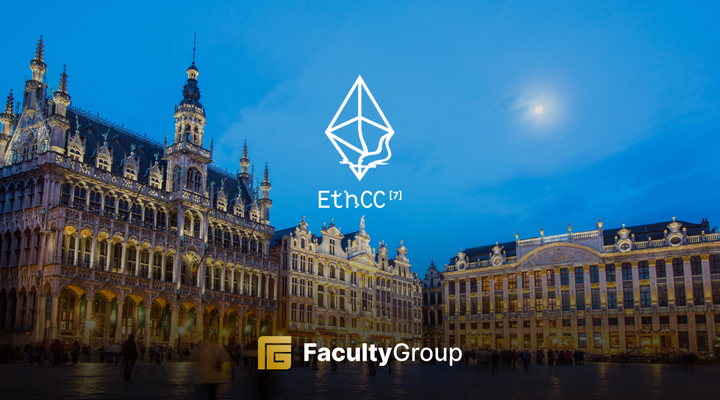Moving beyond Web3

Since Bitcoin first appeared, we have tried to encapsulate the technology behind it using terminology. First, there was cryptography, then blockchain and now Web3. With the emergence of early cryptocurrencies, the ICO craze and scams, there was a movement to define blockchain technology as the next evolution of the internet.
With the emergence of AI, it’s time to embrace the next era of computing and move away from terminology and individual defining technologies to thinking about how these in combination will allow us to create new decentralised and immersive experiences and applications using data as the starting point.
This evolution of the internet is about allowing humans and machines to interact seamlessly with each other using data architecture and infrastructure to create the next internet evolution. Let’s stop defining Web3 or Blockchain as separate technologies or movements and see them as the mechanism for integrating machine learning and AI into human experiences and interactions via the internet.

Blockchain (decentralised infrastructure/data layer)
- L1s (Ethereum, Solana, Cardano etc.)
- L2s/L3s/ERP integrations (Arbitrum/Optimism/Polygon/Base etc.
- NFTs/Consumer tokens
- Data sovereignty
Blockchain is built on decentralised smart contracts, code that executes transactions or fulfils requirements automatically. Blockchain technology is the infrastructure layer.. For years, people have struggled to understand why we need decentralisation. The advent of AI and the lack of data sovereignty has very clearly illustrated why personal and commercial data sovereignty matters. Blockchain can provide the infrastructure for data verification and accuracy at the Layer 1 protocol level.
Layer 2s and zk technology can provide a means to verify data using zk proofs without actually having to move the ‘data’ off-chain itself. This means that privacy and data storage does not have to exist on-chain taking up valuable resources and blockspace. Only the transaction proof and the verification of data would happen on-chain. This would enable many applications to use the same data without the need to share the data across multiple protocols.
Advanced Quantum Computing (Data Architecture/Exponential Computation Layer)
- Spatial Computing
- Machine Learning
- Artificial Intelligence
Up until recently, the computational requirements made creating virtual or immersive worlds virtually impossible, the advent of AI and machine learning has made creating code and smart contracts faster and more accurate and allows humans to code faster with more accuracy. This integration of human capabilities and machines will create exponential leaps in creativity and innovation. There is an ongoing debate between those who are humanists and trans-humanists who believe that eventually humans will merge with machines to evolve our capabilities.
Immersive Experience (Application/Interface layer)
- dApps
- AR/Neural-link
- Transhumanism/AGI
At its heart these technologies intersect with the human experience at the interface layer. For Web2/Web3, mobile internet is the interface layer through which consumers have interacted with applications and experiences using either a mobile device, a VR headset or a computer.
The evolution currently under development has the potential to create a wholly new interface layer using AR (augmented reality) and/or futuristic neural links that enable people to interact using machines using only their mind or AR googles like Apple’s. This raises many ethical and philosophical questions but it is important to think about how this will change what it means to be human and how these interactions will create new opportunities for both humans and organisations to interact with AI and its agents through smart contracts and code.
The need for decentralisation and data verification has never been more apparent. We need to move away from this Web2 model of surveillance capitalism based on data theft and capture towards a new system. In this evolution human and machines can verify data and ownership collaboratively, without needing corporate gatekeepers like Big Tech or trusted intermediaries. It is time to stop thinking about blockchain, Web3, spatial computing and AI as separate ‘silos’ or technologies and instead embrace them as the means to create new realms beyond Web3.








